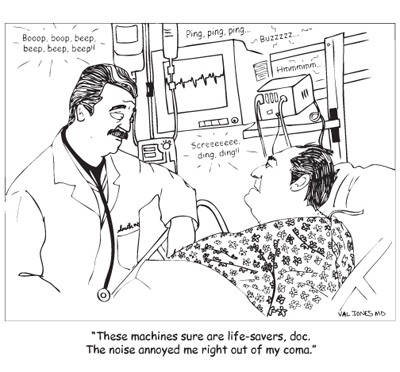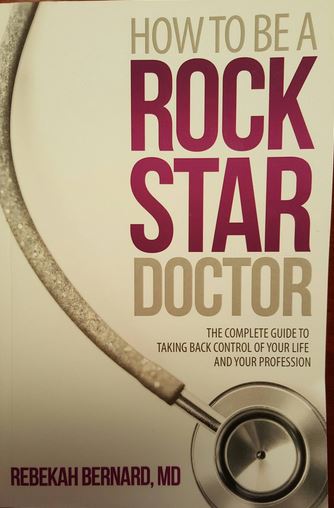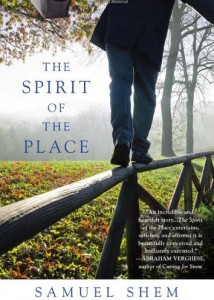July 17th, 2011 by David Kroll, Ph.D. in Opinion, Research
No Comments »

So, you’re curious about herbal medicine. Is there any truth to this stuff?
Uncle Howie tells you that he read in the National Enquirer about an herb that has better antibacterial effects on cuts and scrapes than Neosporin ointment — never mind that Neosporin is composed of three different antibiotics that come originally from bacteria themselves.
So you set out on a quest to purchase some of this herb, known colloquially as goldenseal. When you go to your local Whole Hippie Dump-a-Load-of-Cash Emporium you find goldenseal alright, in about twenty different forms. On one side of the aisle are containers with loose, crushed up leaves and roots that look like medical marijuana. On a shelf, you find see-through capsules that seem to contain a powdered version of the herb. Down the aisle a bit you find boxes of blister-packs containing a proprietary extract of free-range goldenseal from the Appalachians harvested under moonlight by bare-breasted virgins. The same company also makes an ointment, allegedly procured the same way.
A scraggly young man with a rainbow-colored Whole Hippie tam comes by and says, “Dude, can I help you?” As you wave away the cloud of patchouli oil and three days of body odor, you ask him, “So, this goldenseal — which one should I buy?”
Hippie Boy looks both ways down the aisle and motions with his finger to come close.
“Dude, all this expensive stuff is just a ploy by The Man trying to make a buck with their fancy scientific words and processes. What you want is the whole herb, man — the stuff given to us by the sprites and spirits. Those capsules miss the point. Part of the magic is missing. You pay extra to get less.”
“But, dude,” you say. “I want to try the ointment, you know, for cuts and scrapes. How do I use this herb?”
The fine young man then explains how to make a poultice, an old-fashioned decoction of plant material that one wraps on a cut — sort of like collard greens.
This really seems like more trouble than it’s worth. You’re about a millisecond away from just heading down to the Done-Rite Drugs, Liquor, and Tobacco to buy a simple tube of Neosporin. But hey, it’s an experiment and you’re curious.
While you’re checking out from the health food store, a local scientist friend is in line at the next register, checking out your stash of goldenseal.
“You know, you should really go read Science-Based Medicine to get the straight dope on that stuff.”
And so, here you are. And I’m here for you.
[Note to readers: Apologies to my hippie friends. I love you all. No hippies were harmed in the drafting of this blogpost.]
Is there any scientific evidence to support a common herbalist claim that whole plant materials are “better” than semi-purified extracts or pure, individual chemicals made by the plant? Read more »
*This blog post was originally published at Science-Based Medicine*
January 19th, 2011 by Elaine Schattner, M.D. in Better Health Network, Research
No Comments »

There’s hematology news, times two (at least):
1. Progress in developing synthetic red blood cells
A University of North Carolina-Chapel Hill research group has created hydrogel particles that mimic the size, shape and flexibility of red blood cells (RBCs). The researchers used PRINT® (Particle Replication in Non-wetting Templates) technology to generate the fake RBCs, which are said to have a relatively long half-life. The findings were reported on-line yesterday in the Proceedings of the National Academy of Sciences (PNAS) (abstract available, subscription required for full text). According to a PR-ish but interesting post on Futurity, a website put forth by a consortium of major research universities, tests of the particles’ ability to perform functions such as transporting oxygen or carrying therapeutic drugs have not yet been conducted.
Developing competent, artificial RBCs is a hematologist’s holy grail of sorts, because with that you might alleviate anemia without the risks of transfusion.
2. Progress in using human stem cells to generate lots of platelets
In an exciting paper published today in Cell Research, investigators stimulated human embryonic stem cells to become platelet-producing cells, called megakaryocytes. According to the article (open-text at Nature PG), the platelets were produced in abundance, appeared typical and clotted appropriately in response to stimuli in vitro. The researchers injected them into mice, used high-speed video microscopy for imaging, and demonstrated that the stem cell-derived human platelets contributed to clot formation in mice, in vivo (i.e., they seem to work). Read more »
*This blog post was originally published at Medical Lessons*
September 27th, 2010 by Medgadget in Better Health Network, News, Research
No Comments »

 Researchers at Children’s Hospital in Boston and the University of North Carolina at Chapel Hill have developed an iPhone application that keeps you up-to-date with drug safety reports and allows you to submit any side effects directly to the FDA.
Researchers at Children’s Hospital in Boston and the University of North Carolina at Chapel Hill have developed an iPhone application that keeps you up-to-date with drug safety reports and allows you to submit any side effects directly to the FDA.
The app, called MedWatcher can keep a list of medications for which you receive both official FDA alerts and news from other channels. Users can report side effects straight from the app and view other submitted reports. The researchers hope to lower the barrier to reporting side effects, increasing the participation in safety surveillance.
Reports of serious adverse events are reviewed by members of the Children’s Computational Epidemiology Group and then submitted to the FDA. The app was developed using technology from the Outbreaks Near Me app, which we covered one year ago. Read more »
*This blog post was originally published at Medgadget*
May 23rd, 2010 by Medgadget in Better Health Network, News, Research
No Comments »

 Finally men everywhere might have a birth control option that won’t rob them of the joys of living.
Finally men everywhere might have a birth control option that won’t rob them of the joys of living.
Scientists at the University of North Carolina at Chapel Hill may have discovered a cheap, convenient and noninvasive method of male birth control — ultrasound. The scientists believe that a single treatment can provide up to six months of infertility that is reversible.
The team has received a $100,000 Grand Challenges Explorations grant from the Bill and Melinda Gates Foundation for their work. If the project pans out, this could have an incredible impact on global health. Read more »
*This blog post was originally published at Medgadget*






 Researchers at Children’s Hospital in Boston and the University of North Carolina at Chapel Hill have developed an iPhone application that keeps you up-to-date with drug safety reports and allows you to submit any side effects directly to the FDA.
Researchers at Children’s Hospital in Boston and the University of North Carolina at Chapel Hill have developed an iPhone application that keeps you up-to-date with drug safety reports and allows you to submit any side effects directly to the FDA. Finally men everywhere might have a birth control option that won’t rob them of the
Finally men everywhere might have a birth control option that won’t rob them of the 







